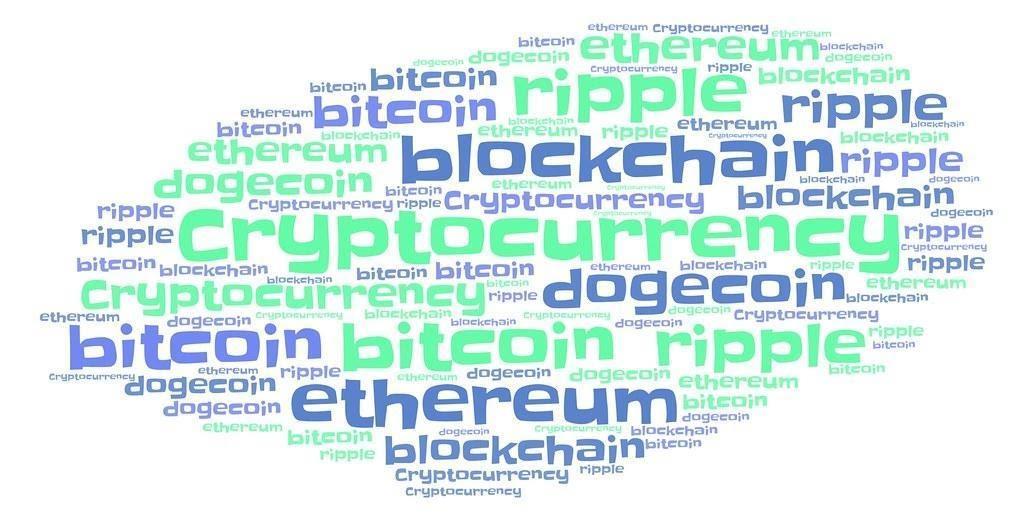
5 minute read
4 Forecasting Bond Yields in the Era of Omicron
Forecasting Bond Yields in the Era of Omicron By: Jaideep Katiyar (Shri Ram College of Commerce)
Financial markets (“markets”) were only recovering from the 1st and 2nd waves of the Covid-19 pandemic that the 3rd wave put by the delta variant is upon us. Undoubtedly, this was anticipated and shadow measures were already set in force by the controllers. At the surface level, the economy looks to be faring pretty well owing to the success of different IPOs, but it is only the tip of the iceberg. Dig deep and one can see the harm caused by the outbreak that it looks nearly impossible for the Republic’s markets to reach pre-pandemic levels. One thing is clear from the lessons learned so far, that it is going to be a bumpy ride in 2022. Only about 3% of the total eligible population actively participate in the markets. Approximately half of these market players trade in fixed-income securities to minimize or diversify the risk. Bonds generate a fixed stream of cashflows, thereby helping investors during uncertain times. History is full of events where bond yields predicted cycles of recession. It is then imperative that we devote our time to the debt-market returns. Yield is the percentage rate of return on the amount invested. Bond yields depend primarily on the market rate of return (“interest rates”) and the time to maturity. However, bond values are determined by coupon rate and redemption repayment in addition to the factors mentioned previously. Keeping our focus on bond yields, academia dictates that interest rates affect bond yields directly. Higher the interest rates, higher will be the bond yields, and vice-versa.
Advertisement
Data showcases that India’s bond market has started recovering from the pandemic. At the onset of the pandemic, yields on the 10-Year (“Benchmark”) and 5-Year bonds were 6.1% and 5.6% respectively. The yields gradually declined with time reaching to an all-time low of 5.8% and 4.8% for the 10Y and 5Y bonds respectively, during the first wave and started gaining traction in the coming quarter. This period between July and September of 2020 is herein referred to as the “Impact period”. Since July’20, the yield curve is sloping upward indicating that traders were anticipating positive returns. The GDP growth rate is also moving in tandem with the yield curve for both 10Y and 5Y bonds. This proves our previous point that yield curves and GDP cyclicity go hand-in-hand.

Leaning on the curve at our disposal and the generated insight, it is apparent that the bond market will rise further following the underlying trend. The rationale is supported by the stance of the Monetary Policy Committee (“MPC”) as well. MPC has maintained status quo on all interest rates
assuring markets that the helping hand of the Central Bank is not going to disappear any time soon. Unchanged interest rates indicate Central Bank’s neutral outlook towards the economy. Experts suggest that India will witness an intense but short-lived Omicron outbreak. Reckoning by the lockdown and containment measures, it can be safely assumed that the 3rd wave is expected to strike Indian markets in the middle of the first quarter of 2022. Following the cyclicity, coupled with a positive market sentiment owing to the new year, both the 10Y and 5Y bond markets are forecasted to grow at a rate similar to the rate generated during the impact period. Our premise is based on unchanged interest rates. RBI has kept its benchmark repo rate at a constant low of 4.0% since 2020 due to its ultra-loose monetary policy. A low interest rate implies more lending in the economy leading to unexpected yield rises. During the impact period, the 10Y Benchmark bond and the 5Y bond grew at 4.4% and 8.8% respectively. A similar growth rate will push the 10Y bond yield from its present levels to 6.8%. Likewise, yields for the 5Y bond market will jump to an astonishing 6.4% at the end of March’22.
Our prediction is further supported by a well-established data-driven visualization model that utilizes daily percentage values of the past three quarters to forecast the result using additive trend method, adjusted for a ±10% error margin to incorporate any future development. The spread has been intentionally kept at a low level to ensure accuracy in the forecast. The resultant output

indicates 7.0% and 6.6% forecasted yield as of March 31, 2022. The manual forecast deviates from the data model by a mere +0.2%, that if needed, can be overcome by focusing our attention on the lower shaded area for both the visualizations.
It should be noted that bond values and yields move inversely. A higher yield in the future indicates a higher discounting factor and therefore, a lower present value leaving investors with comparatively less liquidity in their portfolios. On the upper side, high yields point to higher future cashflows. It is in the hands of the investors how to trade-off between the present vs. future returns. Bonds market has emerged as a key source to provide greater funding avenues to public and private sector projects and reduce the pressure on institutional financing. Though government bonds are widely traded, the corporate bond market is still in its early phase. On account of various defaults, like the IL&FS crisis, traders have a negative perception related to corporate bonds, even in the presence of various credit rating institutions. This makes the government bonds a safe bet as these are only perceptible to sovereign risk. Using forecasts then becomes another method to satiate with the mind-boggling queries of the market participants.
References:
Investing.com India 10-Year Bond Yield Historical Data [https://www.investing.com/rates-bonds/india-10year-bond-yield-historical-data] India 5-Year Bond Yield Historical Data [https://in.investing.com/rates-bonds/india-5-year-bondyield-historical-data] Koyfin, Inc. [app.koyfin.com] RBI Repo Rate History [https://freefincal.com/rbi-repo-rate-history/] Omicron May Drive "Intense But Short" Outbreak In India [https://www.ndtv.com/indianews/omicron-may-drive-intense-but-short-outbreak-in-india-report-2676214] Bond bulls return as RBI Governor gives market a policy support booster [https://economictimes.indiatimes.com/markets/bonds/bond-bulls-return-as-rbi-governor-givesmarket-a-policy-support-booster/articleshow/88160917.cms] What is the importance of Debt Market to the economy? https://timesofindia.indiatimes.com/business/faqs/market-faqs/what-is-the-importance-of-debtmarket-to-the-economy/articleshow/60425009.cms







